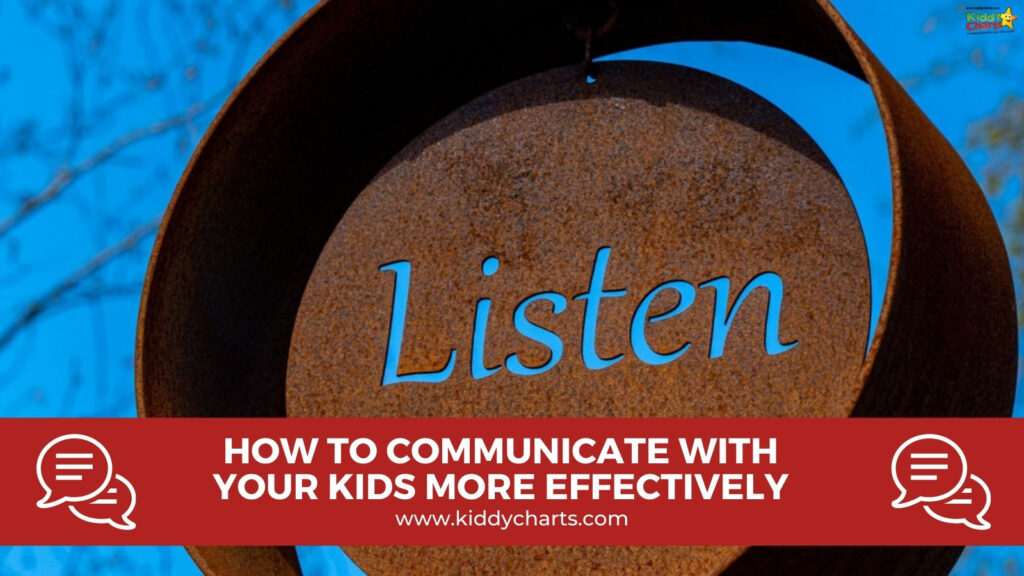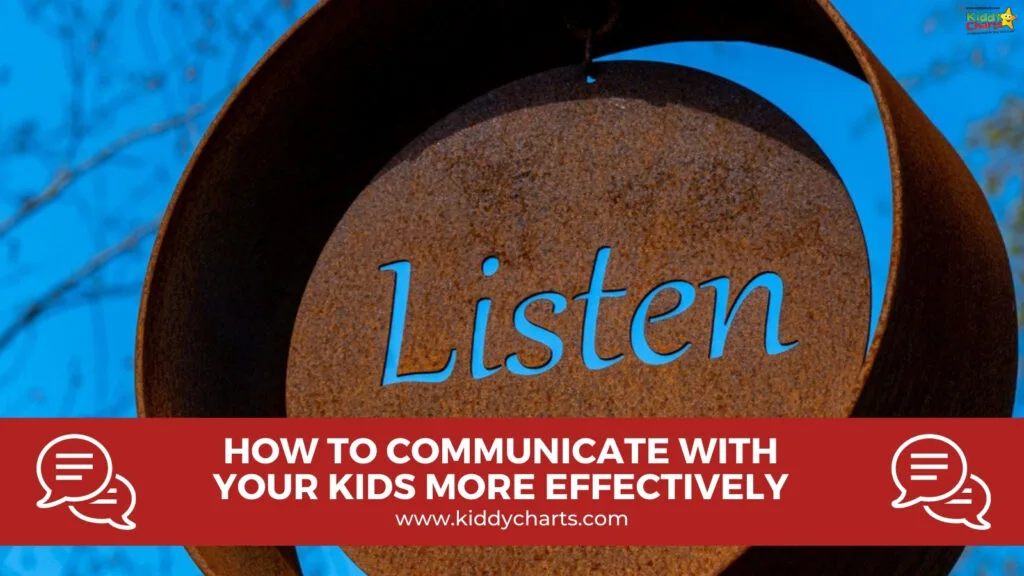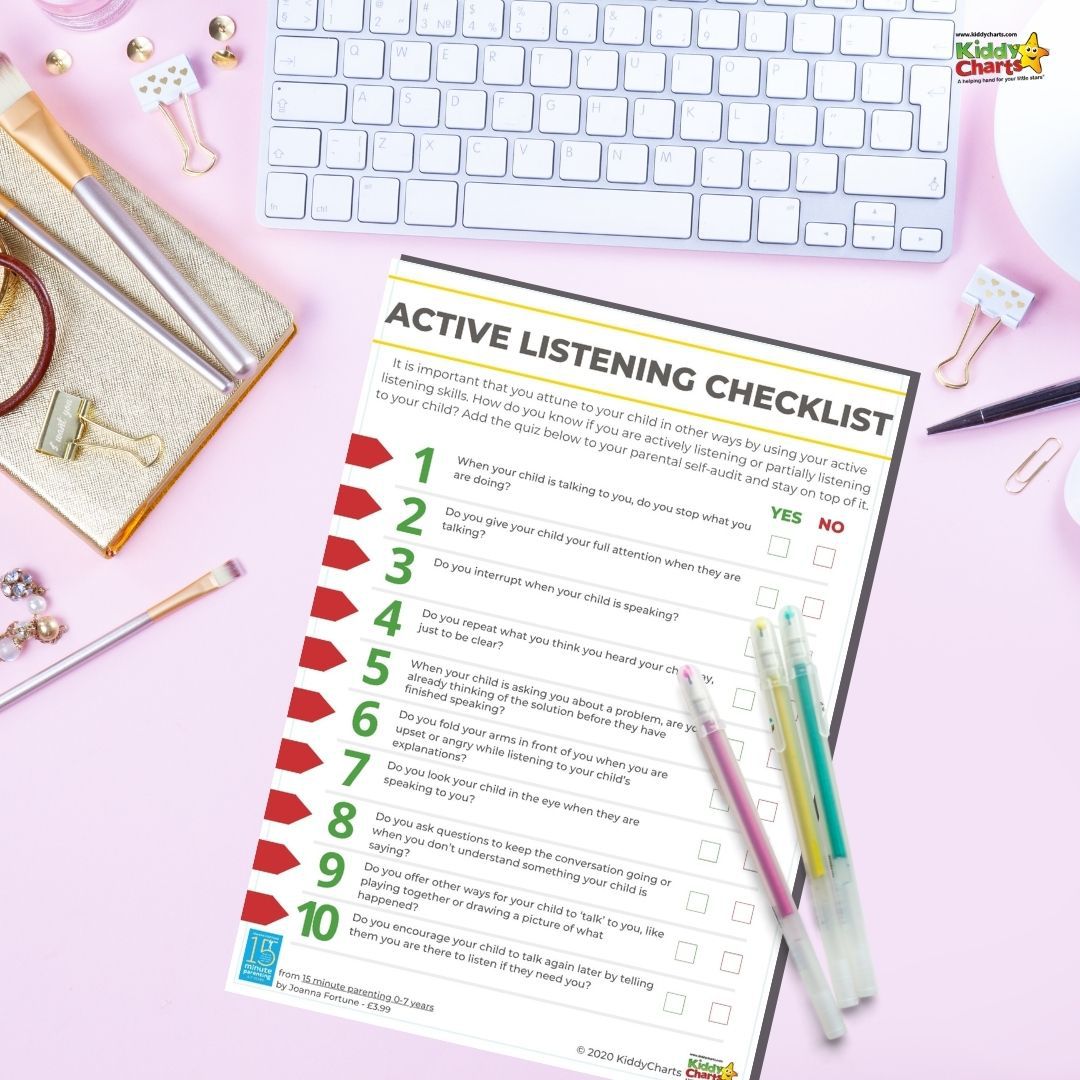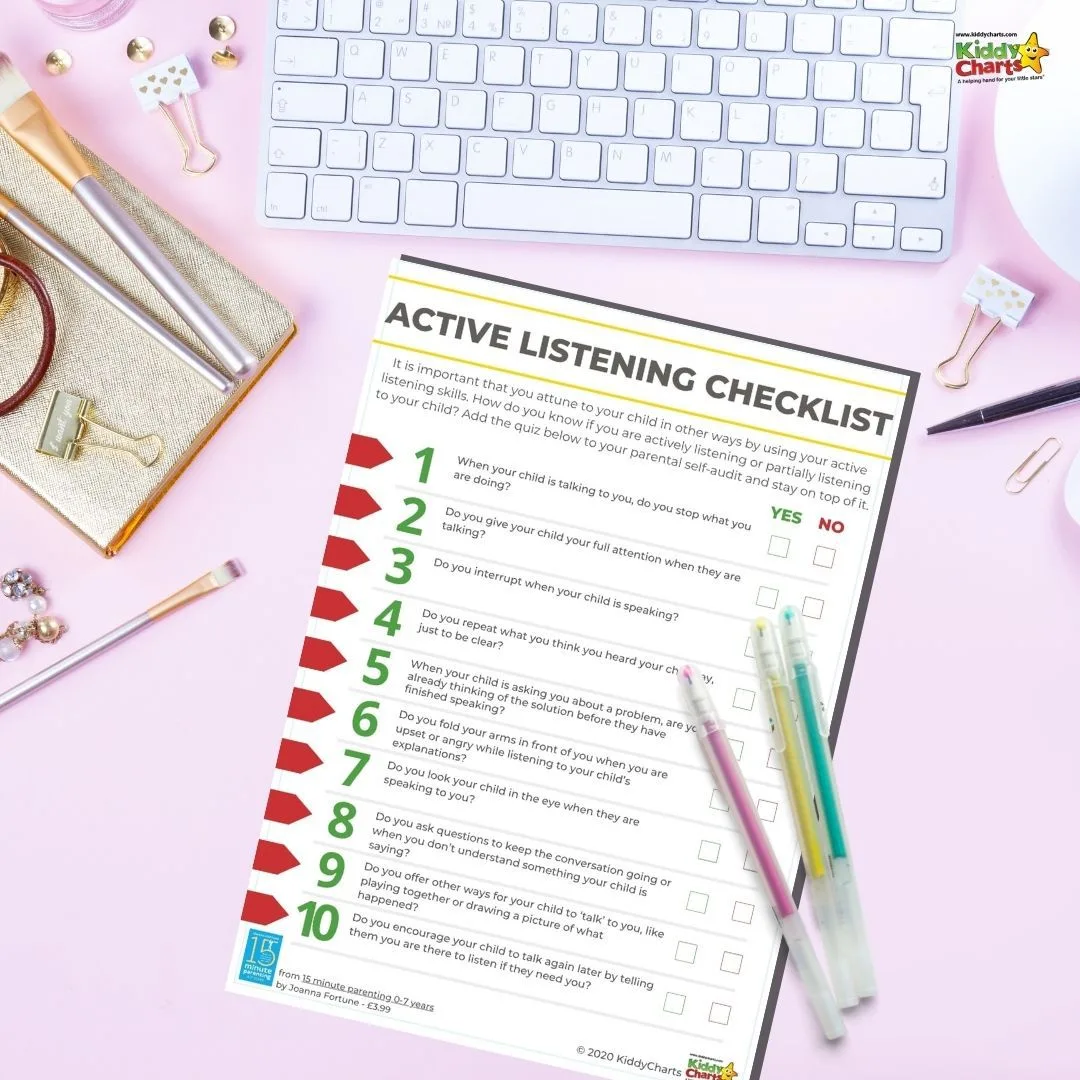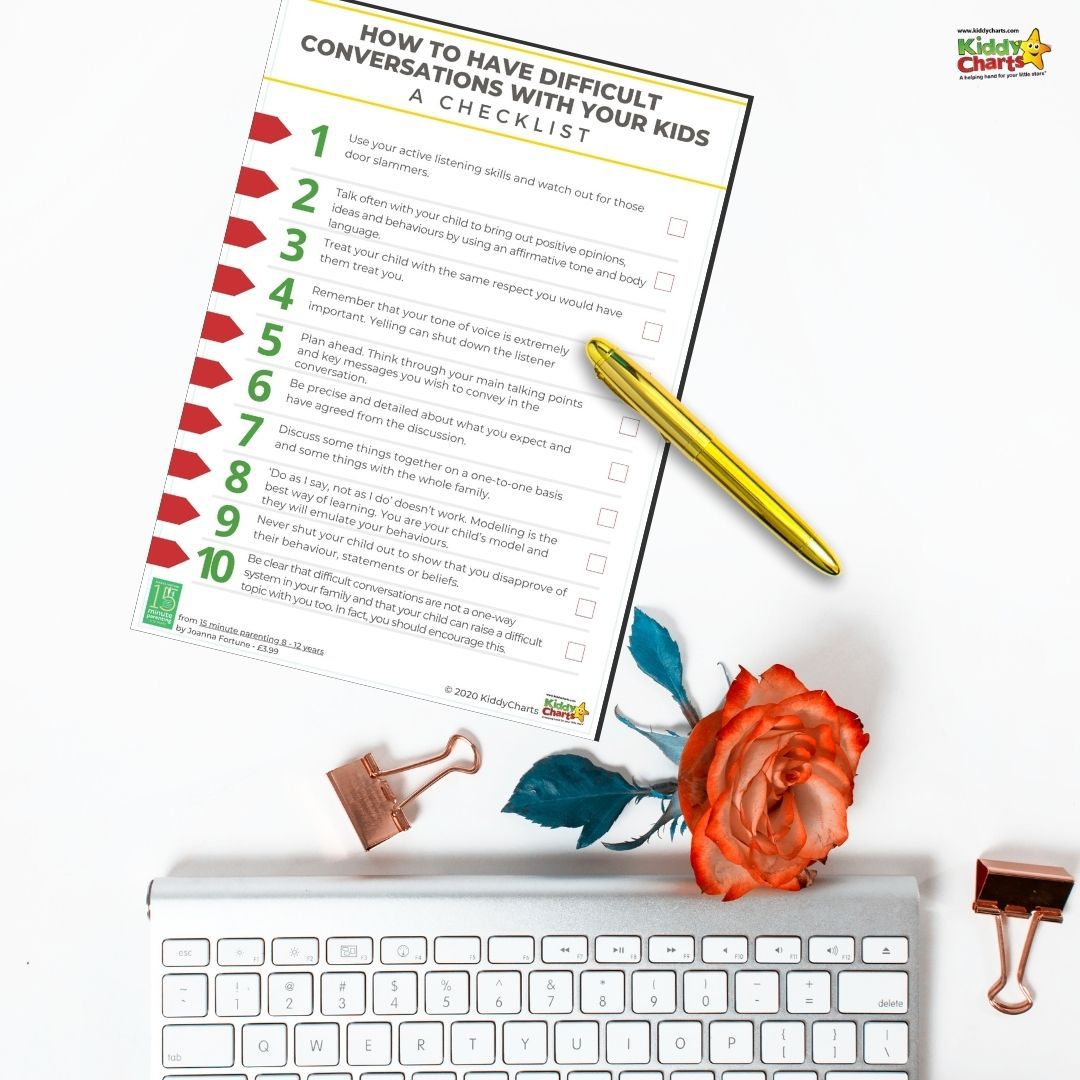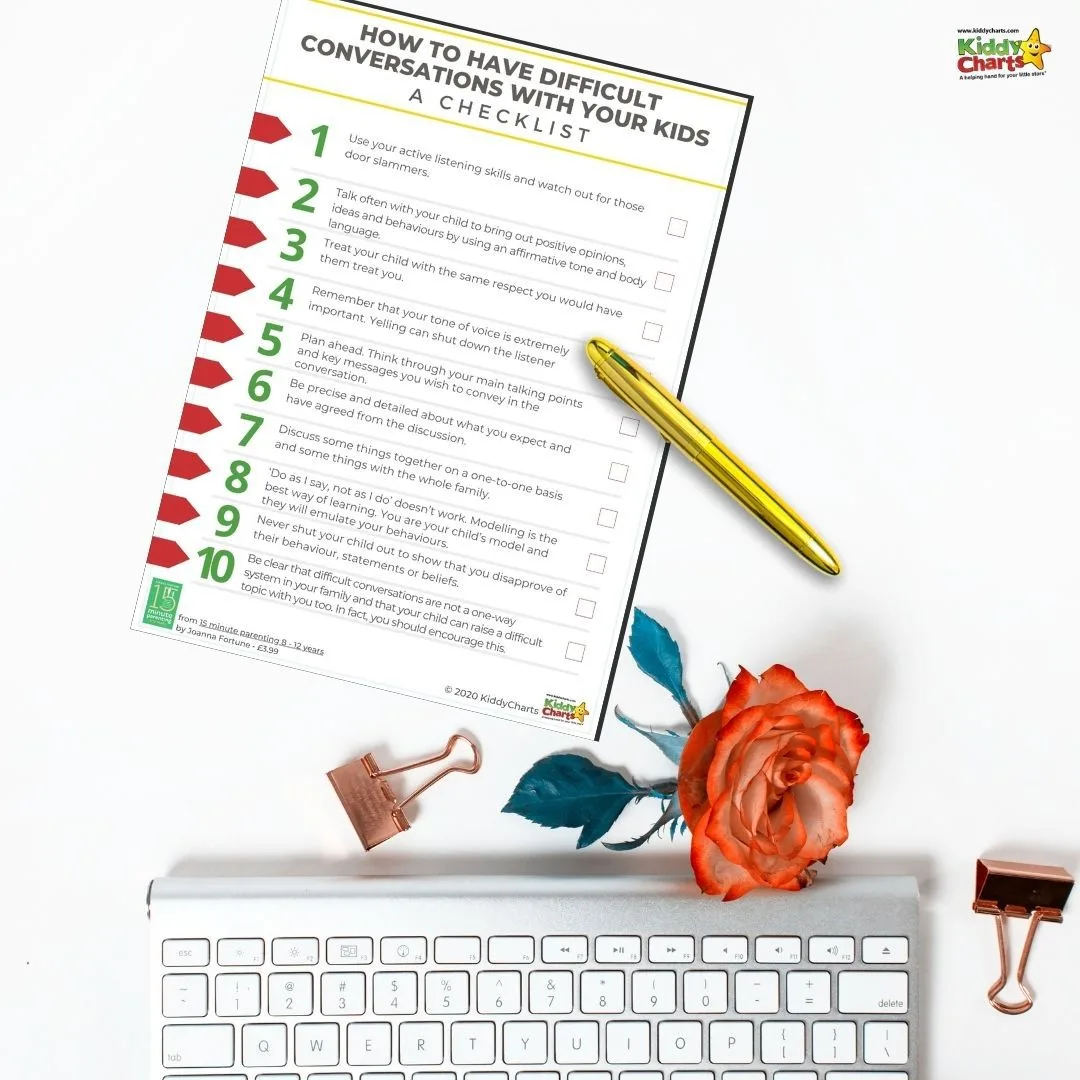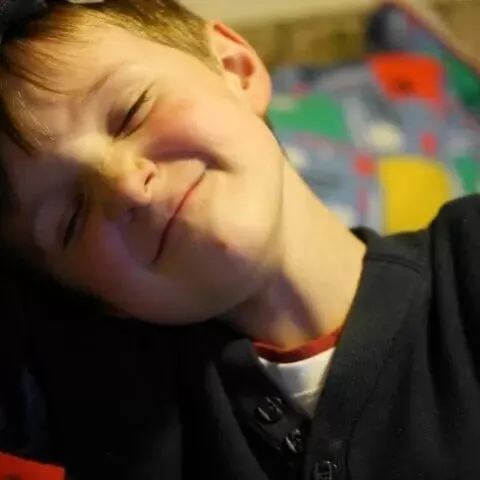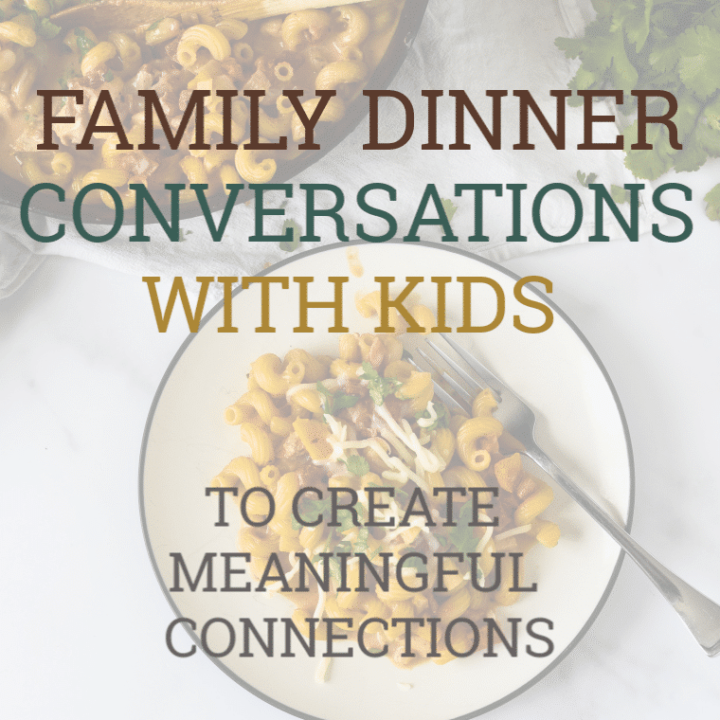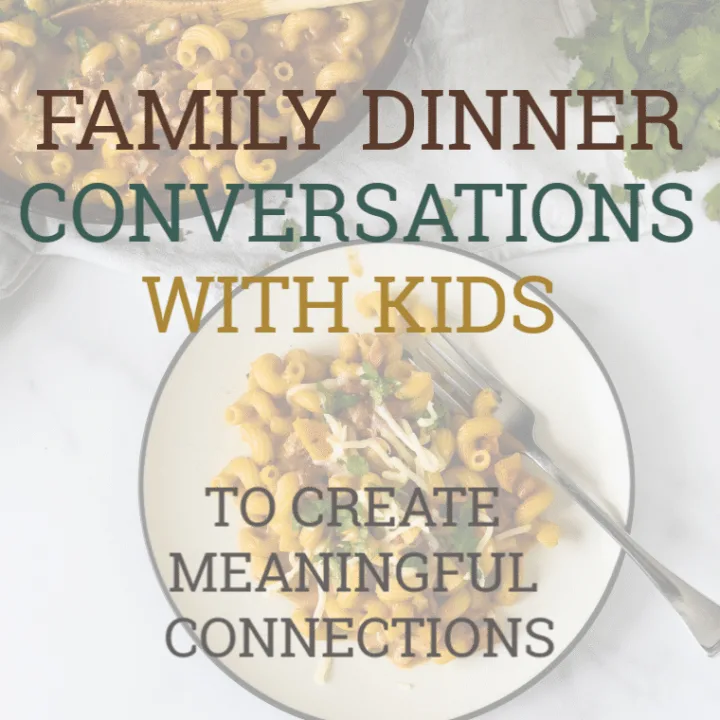The evidence is overwhelming: a strong relationship with your child benefits you and them, both now and in the future and at the heart of any strong relationship is good quality communication. Yet, too often despite our best efforts we blow it with our kids, feel paralysed with what to say next and wish we knew a different way. We are here to help, though. Here, we offer 5 simple steps to follow to get it right for you and them, for if you can get communication right at home early on, it forms a template for successful relationships for your child in their future. And, as a bonus, family life will be far more enjoyable too. heck out our 5 tips for how to communicate with children to help get it right from the start.
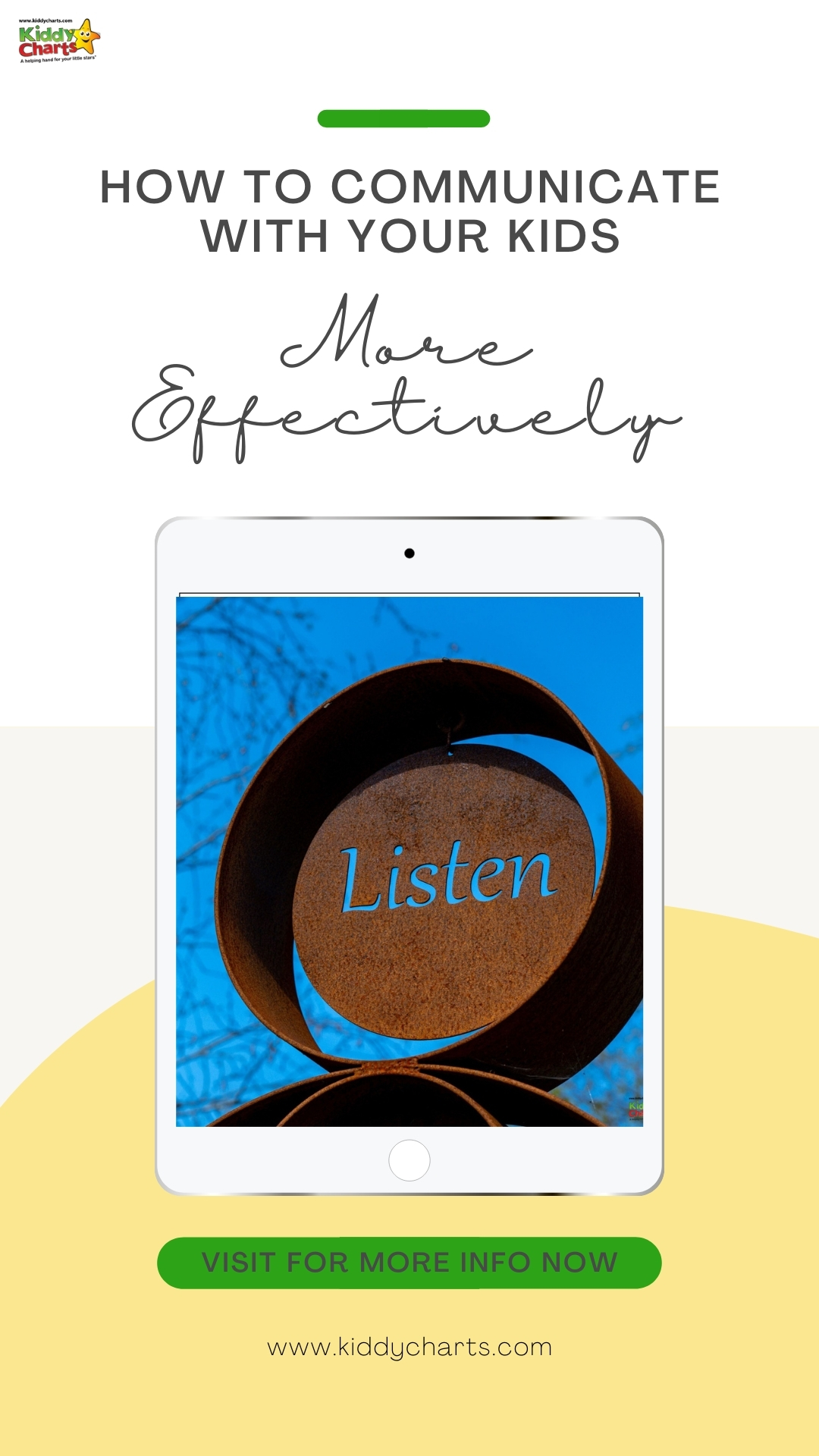

This is a guest post for KiddyCharts from the authors of a book designed to help you communicate better with your children; as a parents, teacher, or just generally.


How to have incredible conversations with your child
by Jane Gilmour and Bettina Hohnen
This book does exactly what it says on the tin! It is there to help you to improve the ways that you communicate with your child. Starting, as it always should do, by really, really listening to what your children are saying to you.
Don’t make it about YOU. That’s the most important lesson when we listen to our children. To find out the rest, read the book!
Jane Gilmour and Bettina Hohnen are clinical psychologists and academics with a specialist interest in neuropsychology.
See their instagram page @incredibleconversations for more info.
Step 1: First job, tune in.
Work out what they want and how they feel and you are halfway there. Kids are still learning about their desires and how to communicate them to others and benefit from having a parent working it out with them. Remember all behaviour is communication, so if your child seems grumpy or is acting out, you may need to let them know they have stepped over a limit but also try to understand what is really going on. Your expectations may get in the way here so leave them at the door while you read the room. As you show interest, so will they and you are handing them one of the greatest tools for well-being for life – self-understanding. If you need to communicate something you know won’t go down well, tune in by picking your time and location carefully. The trickiest subjects are often best managed on a walk or a drive, where eye contact can be avoided and everyone knows there is a clearly marked end point.


Step 2: Next make sure you listen first, then talk – two ears, one mouth.
Listening with genuine curiosity is a secret skill of the super-communicator because everyone wants to be heard. Start by listening to their view, truly listening. This means allowing them time to talk, putting your phone away and radiating the idea that what they think matters. You may not agree with everything you hear, but that’s ok, listening to something is not the same as agreeing with it. When it’s time for you to talk, remember to keep it short and to the point (no-one responds well to a lecture). Set aside time for regular conversation in your family schedule and look after those spontaneous moments too. Every time you offer a warm, consistent, open dialogue consider that an intervention, for your connection and communication toolkit just got stronger.
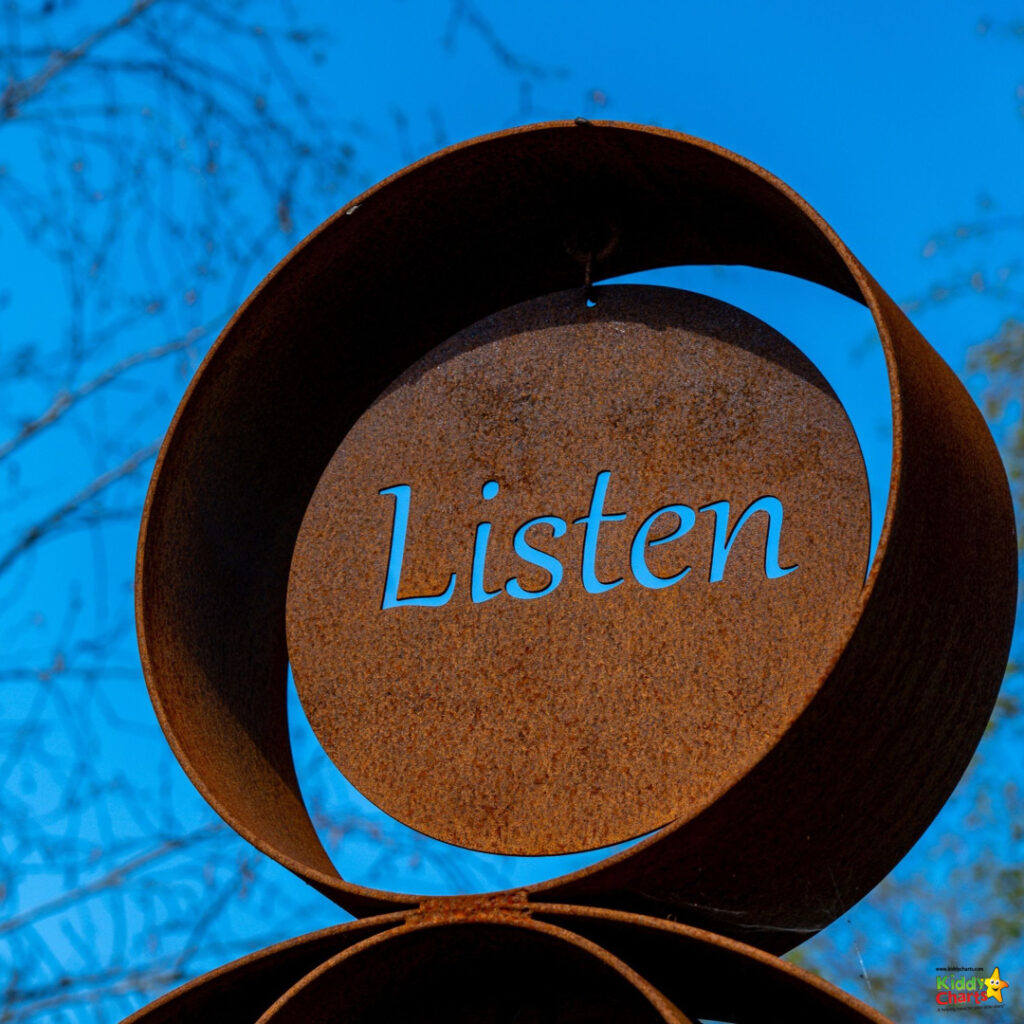
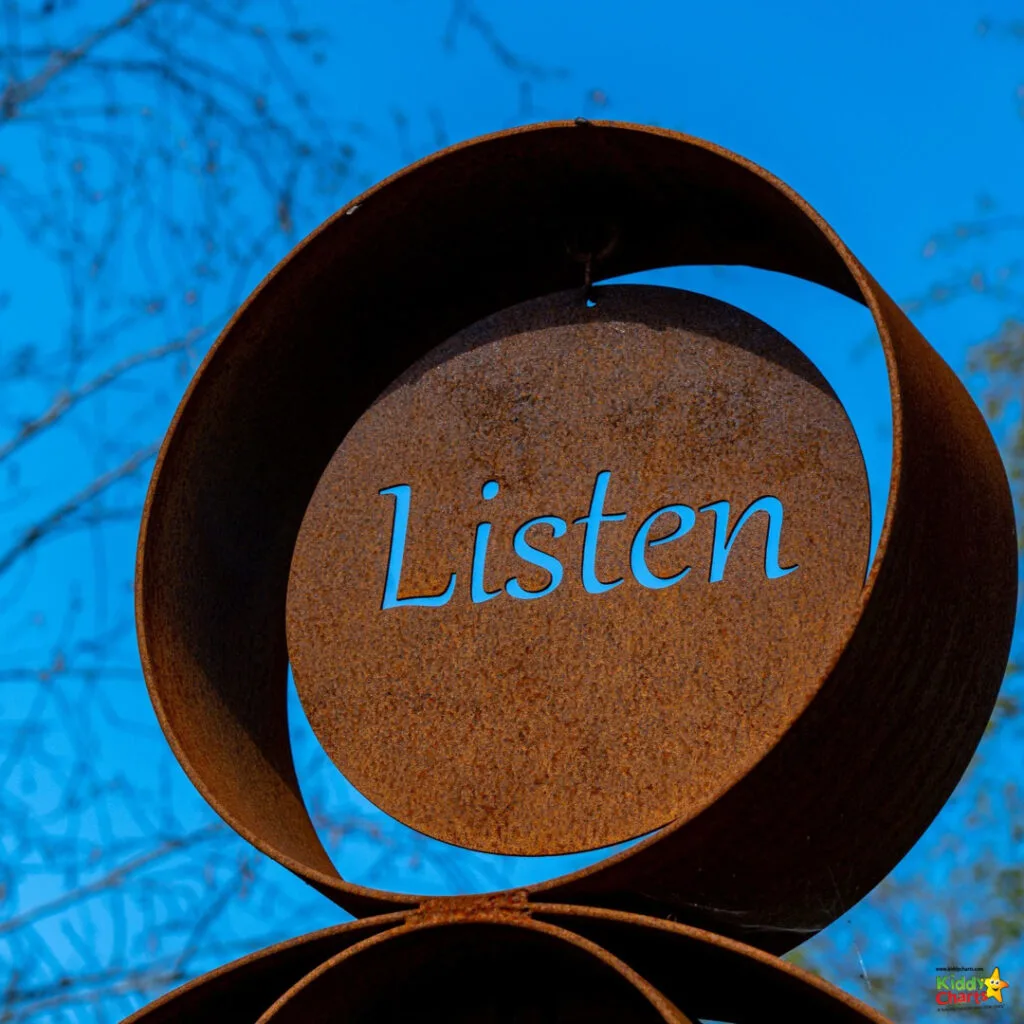
Step 3: How to communicate with children – Catch the emotions
Emotions are always nearby when we communicate with others, particularly those we love, so knowing how to catch emotions is important for communication success (by the way we also believe it is the key to parenting success). Calm brains communicate best so if big emotions show up, it’s time to take a different tact. If your child is upset or resistant then that itself is a communication and what they need from you in that moment is to acknowledge their feeling, even put a name to it if they can’t, and wait while the snowflakes settle. A touch of empathy will serve you well as their emotional brain will settle more quickly. However hard it is, try not to let your protective instincts get the better of you by responding with alarm or advice, that just breaks the connection. If your emotions are taking hold, take a step back. When communicating with children (whose brains are still developing), the adult takes the greatest share of responsibility to overcome their own challenges and manage our strong emotions. Feelings are at the heart of the most difficult conversations, so if you are feeling hurt by what someone did or unloved and unappreciated, take a step back, talk it through with an adult and come back and try again later.


Step 4: Talk about the tough stuff – don’t flinch
One sure way to strengthen communication with your child is to be open to talking about whatever they bring you. This communicates that all feelings are acceptable and teaches them to express them in a shared and pro-social way. Your message is that nothing is off the table, bring all your worries and your mistakes home. Make space for conversation, and your child will learn that family is a safe place to think anything through, together. Resist the temptation to correct and never make them feel ashamed, for we all do and say things we regret at times. Conversation is an incredible tool to work difficult things out.


Step 5: Repeat, repeat, repeat
The brain learns through repetition so the more we do anything the better we become at it (remember when your child learned to ride a bike) and communication skills are no different. Be patient, keep showing up and practice hard. Communication skills take time to learn and if you have a reluctant participant, expect little at first and build on it. Make conversation a family habit at a meal, on a walk or in the car. Not every conversation will go well and that’s normal. Take a breather and come back stronger again, again and again and then congratulate yourself for having another go.


We think these ideas are great from Betina and Jane, and really help us to engage with our children and really listen and understand the emotions and situations that they are in an reacting to. Let us know how you get on.
If you are looking for other ideas around communicating with your children, we have more tips on the site, particularly around active listening:
Further help communicating with your kids from KiddyCharts
Here are some more thoughts and ideas on how to.improve communication with your kids, including improving your listening skills.
How to be an active listener for your kids: Includes checklist
Active listening is something that really helps when we are talking to out kids. It makes them feel heard. See how you can develop these skills today.
10 tips for having difficult conversations with your kids
We need to have those hard conversations with our children, but how can we manage it?
Family communication: Don't forget those three little words
Communicating together as a family can be difficult, but if you remember this, it does become easier.
There are other articles out there that might give you more suitable advice too. Take a look at these as well:
Communication articles from the internet
More articles on communicating with your kids from off KiddyCharts.
How to Get Your Kids to Listen the First Time...Once and For All
Getting kids to listen to us isn't easy - so why not read this and give it a go?
Conversation starters for kids - how to get yours to talk about their day
We LOVE to hear what our kids have done at school, but how many times do we get the answers? Here are some way to help improve those kinds of conversations.
Family Dinner Conversations with Kids
Finally, family dinner is an important time for us all to talk and exchange ideas and thoughts. Here are some communication tips for that time of day.
We LOVE that you have got this far into the article, so we hope you like what you are seeing. If you do – why not sign up for our weekly newsletter?
Thanks, as always, for coming to see us and we hope that you will be back soon.
Helen
